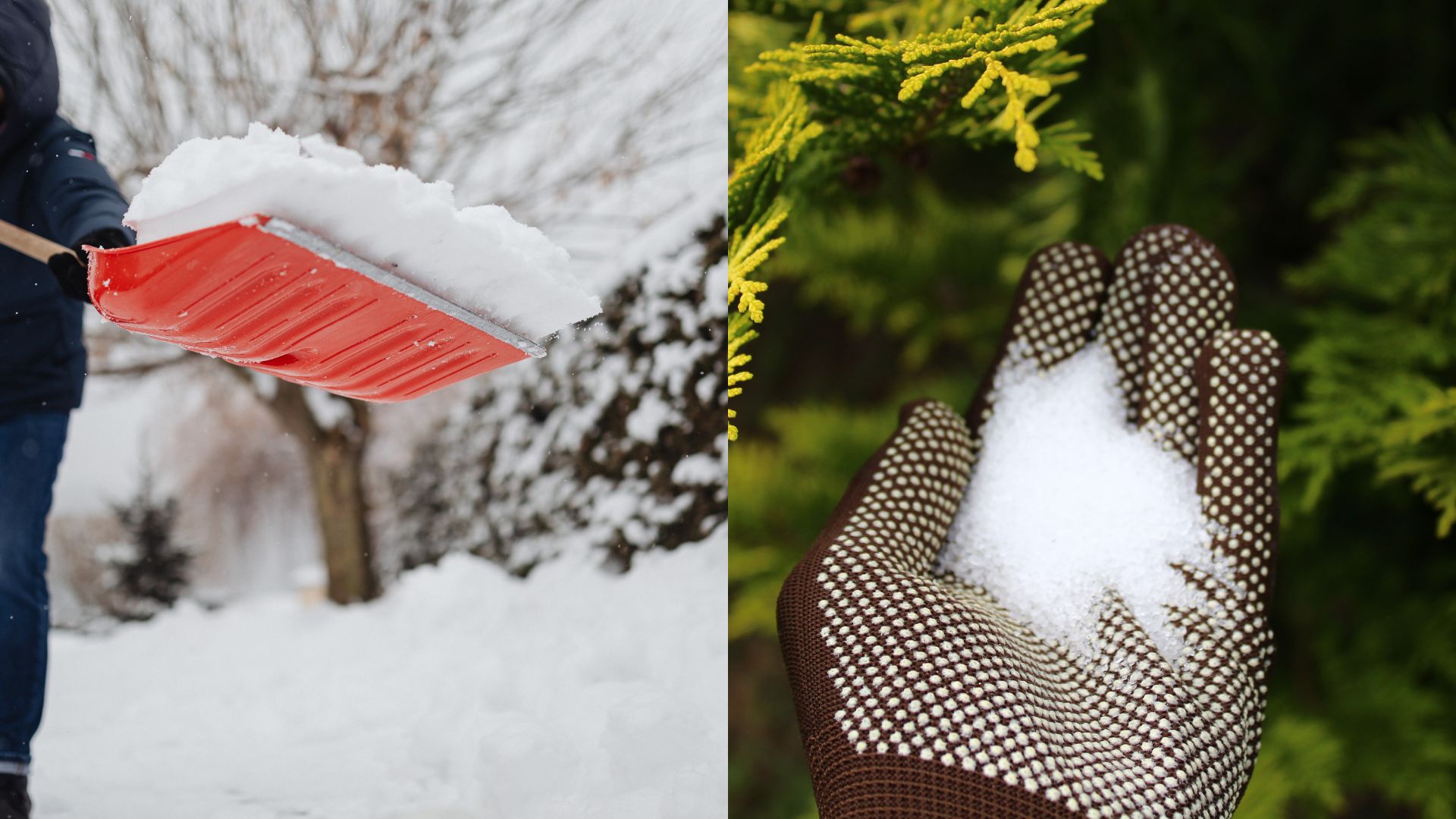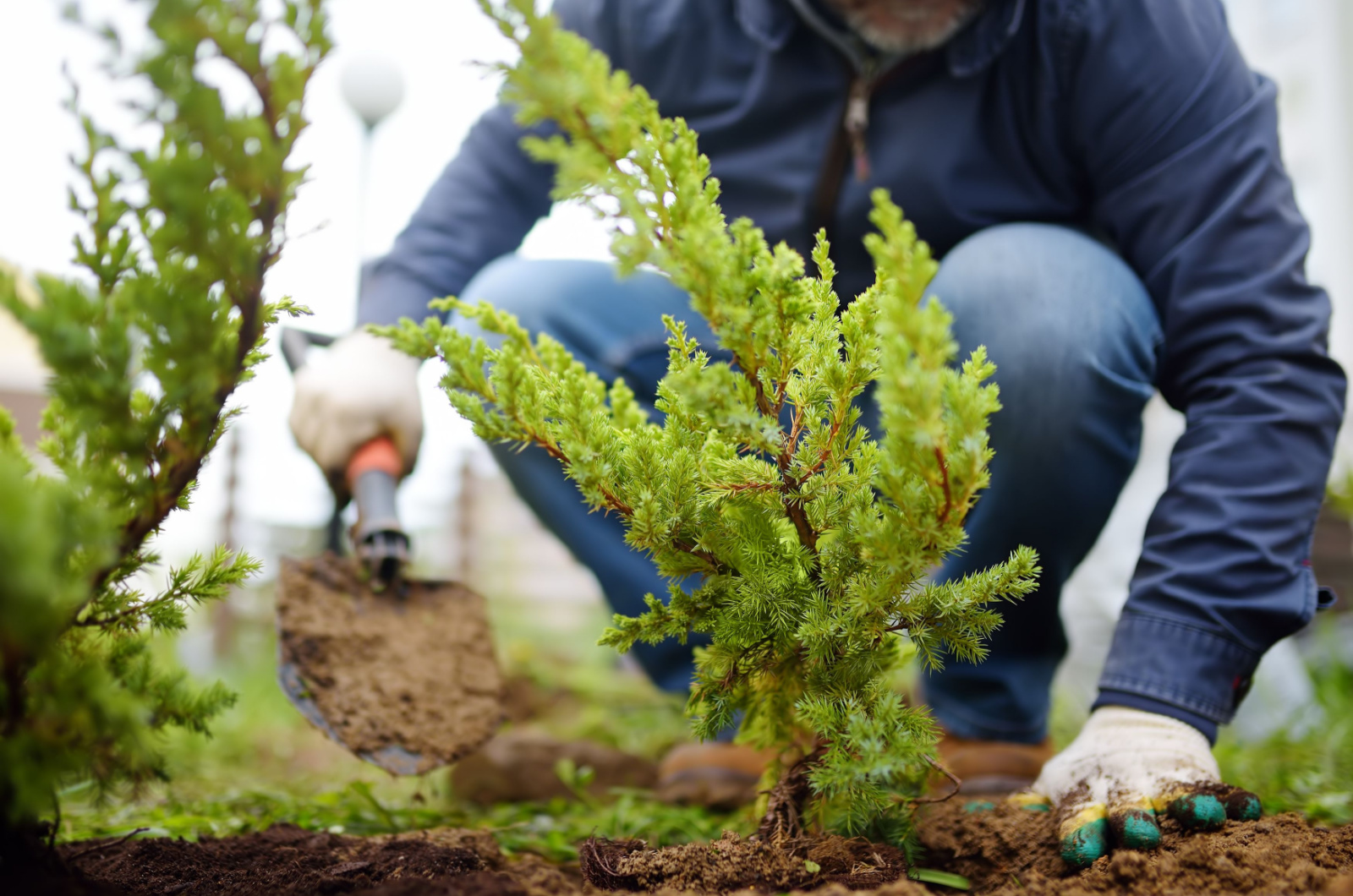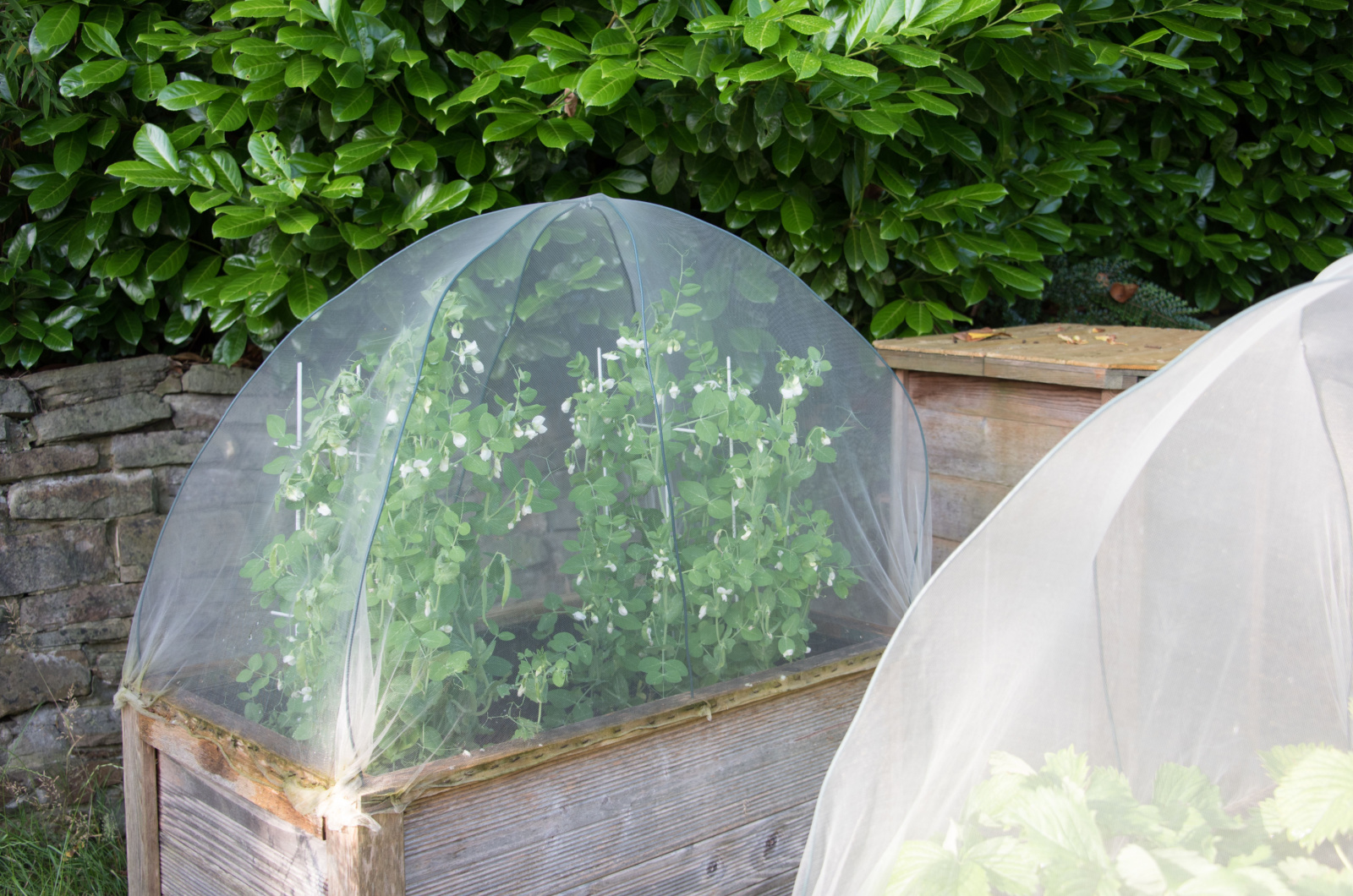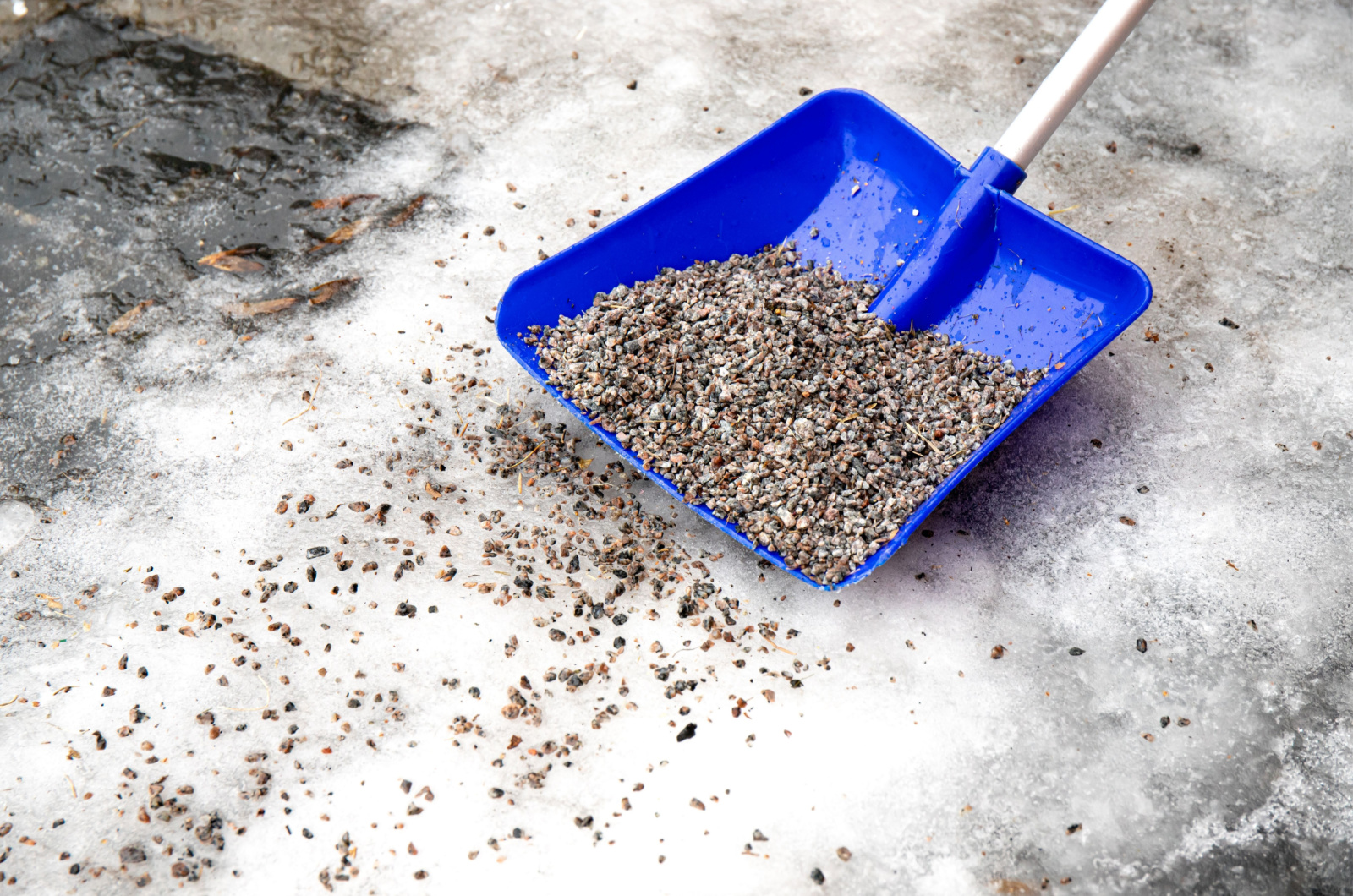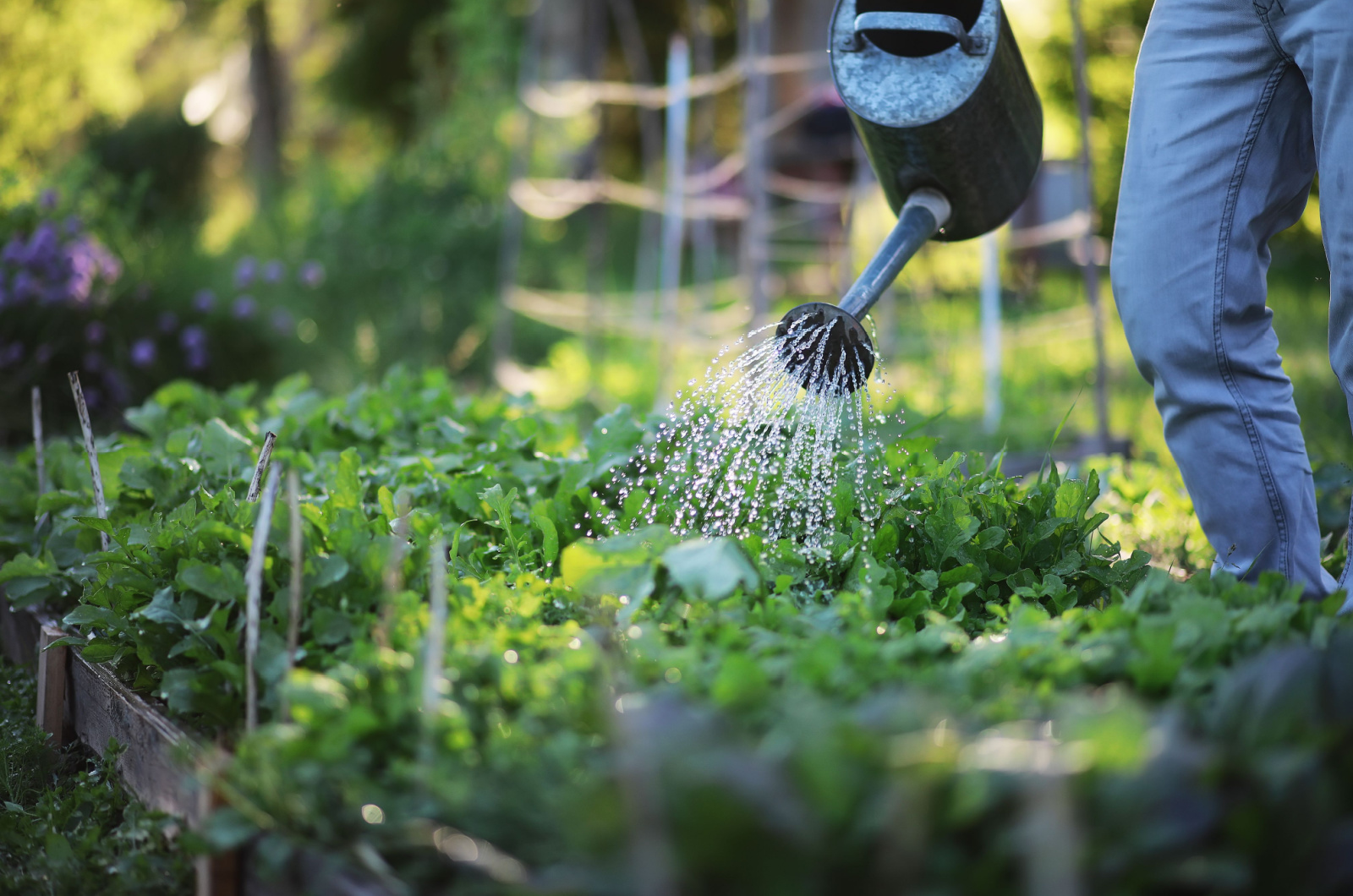Using rock salt to melt the ice is nothing strange, especially if you live in colder climates. This is an easy and budget-friendly way to get rid of slippery ice, which is why it is widely popular.
However, most folks don’t take into account the possible damage to shrubs, trees, and flowering plants. Excessive amounts of salt are highly toxic to plants, resulting in dried out roots and burned foliage.
If you are a gardener who cherishes their plants, then you should read this carefully!
In this article, we are going to share some useful tips on how to protect your garden from deadly winter salt damage, and also how to prevent you from slipping on the ice!
1. Grow Salt-tolerant Plants
Choose plants that have a higher tolerance for salt exposure. Salt-tolerant plants, such as certain varieties of evergreens, winterberry, bee balm, and juniper, can better withstand the de-icing salts often used on roads and sidewalks.
Remember to take into consideration the climate zone and growing conditions when choosing salt-tolerant plants for your garden. Use them for creating natural borders or filling out the empty space next to a sidewalk.
2. Shovel The Snow
Regularly shovel the snow from your garden and pathways before it turns into ice so that you don’t even have to use damaging salts. Get yourself an ice chipper tool if you live in a colder region where snow quickly turns into ice.
Wear warm clothes and carefully decide where you are going to pile up the snow. More on that down below!
3. Ensure That Your Snow Pile Is Away From Trees And Plants
When clearing snow, be mindful of where you’re piling it. Avoid creating snow banks close to the base of trees, shrubs, or other plants. Piling snow too close can lead to increased salt exposure when the snow melts, potentially causing damage to plant roots.
Find a spot where you can easily pile up the snow – that can be on the driveway or pavement, or even a space in your lawn that is already damaged. Be careful not to cause unnecessary damage elsewhere!
4. Install A Temporary Mesh Or Plastic Fence
Create a protective barrier around the most vulnerable areas of your garden by installing a temporary mesh or plastic fence. This barrier will protect the area from salt, especially in regions where road salt is commonly used.
You can find temporary mesh or plastic fences at your local garden center. If there are none, you can always look for them on Amazon.
Fences will also prevent wildlife from entering your garden. Plus, you can easily change the location of your fence in case you need a specific area protected.
Related: 5 Essential Covers To Shield Your Outdoor Plants From Frost
5. Avoid Using Coffee Grounds
Although coffee grounds might be used for blueberry bushes, that doesn’t mean you should use them for other purposes. In winter, it’s advisable to avoid using coffee grounds in plants vulnerable to salt damage because the combination may affect the soil pH negatively.
Stick to applying coffee grounds during spring and summer – they can do wonders for your plants!
Related: Why, When, And How To Use Coffee Grounds For Houseplants
6. Use Small Amounts Of Salt
If you must use salt for de-icing purposes, use trace amounts of it. Concentrate on high-traffic areas and keep the salt away from plants as much as possible.
Not applying too much salt can prevent salty water runoff that can also potentially damage your nearby plants. As you apply the salt, make sure you spread it so that it doesn’t form into clumps.
7. Try Using Sand, Gravel, Or Cat Litter
Use sand, gravel, or cat litter instead of salt to create traction on icy surfaces. These materials don’t have the harmful effects of salt on plants and can be used to improve safety without compromising your garden’s well-being.
If your goal is to get rid of ice quickly and safely, consider combining the two compounds – sodium chloride mixed with sand can melt the ice effectively. You can opt for other deicing agents like calcium magnesium acetate or calcium chloride.
8. Protect Your Plants With Burlap
Shield vulnerable plants from direct exposure to salt spray by wrapping them with burlap. This protective layer acts as a barrier, reducing the risk of salt damage and also protecting them from freezing temperatures.
Shrubs and small trees are often wrapped in burlap. You can use it for any plant, just make sure not to wrap it too tightly so that there’s proper air circulation. Keep in mind that burlap cannot protect the plant from salt that’s absorbed in the soil.
9. Water The Ground When It Thaws
Once the ground begins to thaw in early spring, water the soil thoroughly. This helps flush out accumulated salts from the soil, preventing prolonged exposure that could harm plant roots.
So, as soon as you notice that the ground can absorb water, turn on a hose and wash away the salt. Do this when the temperatures are a bit warmer so that the water doesn’t eventually turn into more ice!
Also read: 4 Must-Do Tasks When Prepping Your Garden For Winter

